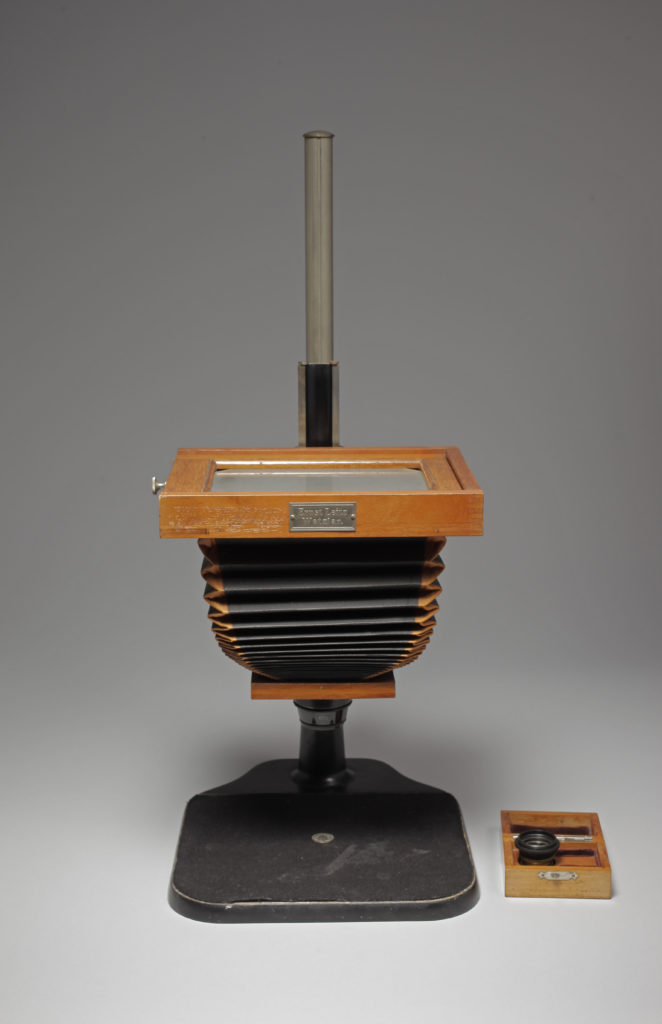Microscopic photography
People had been thinking about the possible scientific applications of photography ever since it began, but the people in question invested time in truly taking on photography. This turned out to be restrictive in relation to the freedoms of an artist, who could explore a subject’s three dimensions, while producing an image which was more vivid, by blurring the unimportant structures of his or her drawing.
Very quickly, scientists wanted to try to use photography to record what the naked eye could not see, but which they already knew intimately thanks to the microscope, which had been in use since its appearance in the 17th century. It was only in the 1880s that the use of microphotography became widespread.
Even so, there was a mass of subjects which needed recording whose size was too big for a microscope, yet which at the same time, was difficult to photograph with a traditional camera. The macrophotographic picture required a particular piece of equipment to be able to get sufficiently close to the subject. Manufacturers of photographic equipment quickly made these kinds of accessories available to buy.


